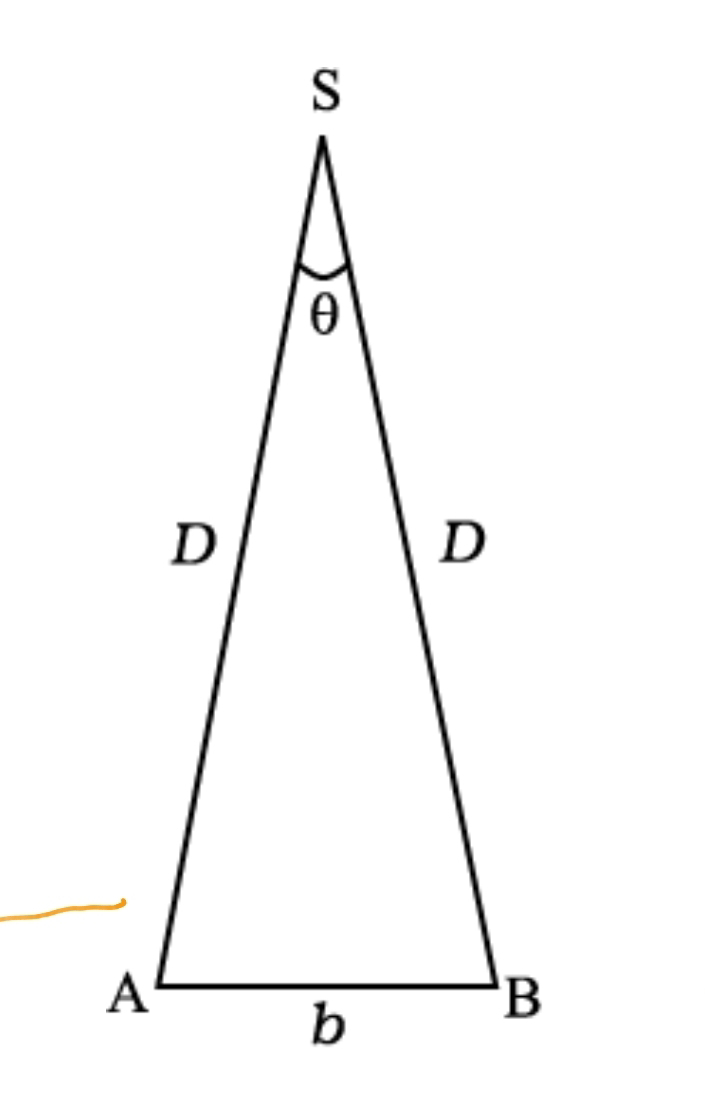परमाणु की सरंचना एक संक्षिप्त जानकारी
परमाणु तत्त्वों के रचनात्मक भाग होते हैं। ये तत्त्व के एेसे छोटे भाग हैं, जो रासायनिक क्रिया में भाग लेते हैं। प्रथम परमाणु सिद्धांत, जिसे जॉन डॉल्टन ने सन् 1808 में प्रतिपादित किया, के अनुसार परमाणु पदार्थ के एेसे सबसे छोटे कण होते हैं, जिन्हें और विभाजित नहीं किया जा सकता है। उन्नीसवीं शताब्दी के अंत में प्रयोगों द्वारा यह प्रमाणित हो गया कि परमाणु विभाज्य है तथा वह तीन मूल कणों (इलेक्ट्रॉन, प्रोटॉन तथा न्यूट्रॉन) द्वारा बना होता है। इन अव-परमाणविक कणों की खोज के बाद परमाणु की संरचना को स्पष्ट करने के लिए बहुत से परमाणु मॉडल प्रस्तुत किए गए।
सन् 1898 में थॉमसन ने कहा कि परमाणु एक समान धनात्मक विद्युत् आवेश वाला एक गोला होता है, जिस पर इलेक्ट्रॉन उपस्थित होते हैं। वह मॉडल, जिसमें परमाणु का द्रव्यमान पूरे परमाणु पर एक समान वितरित माना गया था, सन् 1909 में रदरफोर्ड के महत्त्वपूर्ण α-कण के प्रकीर्णन प्रयोग द्वारा गलत सिद्ध हुआ। रदरफोर्ड ने यह निष्कर्ष निकाला कि परमाणु के केंद्र में बहुत छोटे आकार का धनावेशित नाभिक होता है और इलेक्ट्रॉन इसके चारों ओर वृत्ताकार कक्षों में गति करते हैं। रदरफोर्ड मॉडल, जो सौरमंडल से मिलता-जुलता था, निश्चित रूप से डाल्टन मॉडल से बेहतर था, परंतु यह परमाणु की स्थिरता की, अर्थात् यह इस बात की व्याख्या नहीं कर पाया कि इलेक्ट्रॉन नाभिक में क्यों नहीं गिर जाते हैं? इसके अलावा यह परमाणु की इलेक्ट्रॉनिक संरचना, अर्थात् नाभिक के चारों ओर इलेक्ट्रॉनों के वितरण और उनकी ऊर्जा के बारे में कुछ नहीं बता सका। रदरफोर्ड मॉडल की इन कठिनाइयों को सन् 1913 में नील बोर ने हाइड्रोजन परमाणु के अपने मॉडल में दूर किया तथा यह प्रस्तावित किया कि नाभिक के चारों ओर वृत्ताकार कक्षों में इलेक्ट्रॉन गति करता है। केवल कुछ कक्षों का ही अस्तित्व हो सकता है तथा प्रत्येक कक्षा की निश्चित ऊर्जा होती है। बोर ने विभिन्न कक्षों में इलेक्ट्रॉन की ऊर्जा की गणना की और प्रत्येक कक्षा के लिए नाभिक और इलेक्ट्रॉन की दूरी का आकलन किया। हालाँकि बोर मॉडल हाइड्रोजन के स्पेक्ट्रम को संतोषपूर्वक स्पष्ट करता था, लेकिन यह बहु-इलेक्ट्रॉन परमाणुओं के स्पेक्ट्रमों की व्याख्या नहीं कर पाया। इसका कारण बहुत जल्द ही ज्ञात हो गया। बोर मॉडल में इलेक्ट्रॉन को नाभिक के चारों ओर एक निश्चित वृत्ताकार कक्षा में गति करते हुए आवेशित कण के रूप में माना गया था। इसमें उसके तरंग जैसे लक्षणों के बारे में नहीं सोचा गया था। एक कक्षा एक निश्चित पथ होता है और इस पथ को पूरी तरह तभी परिभाषित माना जा सकता है, जब एक ही समय पर इलेक्ट्रॉन की सही स्थिति और सही वेग ज्ञात हो। हाइज़ेनबर्ग के ‘अनिश्चितता सिद्धांत’ के अनुसार एेसा संभव नहीं है। इस प्रकार हाइड्रोजन परमाणु का बोर मॉडल न केवल इलेक्ट्रॉन के दोहरे व्यवहार की उपेक्षा करता है, बल्कि हाइज़ेनबर्ग अनिश्चितता सिद्धांत का भी विरोध करता है।
सन् 1926 में इरविन श्रोडिंजर ने एक समीकरण दिया, जिसे ‘श्रोडिंजर समीकरण’ कहा जाता है। इसके द्वारा त्रिविम में इलेक्ट्रॉन के वितरण और परमाणुओं में अनुमत ऊर्जा स्तरों का वर्णन किया जा सकता है। यह समीकरण न केवल दे ब्रॉग्ली के तरंग-कण वाले दोहरे लक्षण की संकल्पना को ध्यान में रखता है, बल्कि हाइज़ेनबर्ग के ‘अनिश्चितता सिद्धांत’ के भी संगत है। जब इस समीकरण को हाइड्रोजन परमाणु में इलेक्ट्रॉन के लिए हल किया गया, तो इलेक्ट्रॉन के संभव ऊर्जा-स्तरों और संगत तरंग फलनों (जो गणितीय फलन होते हैं) के बारे में जानकारी प्राप्त हुई। ये क्वांटित ऊर्जा-स्तर और उनके संगत तरंग-फलन जो तीन क्वांटम संख्याओं– मुख्य क्वांटम संख्या n, दिगंशीय क्वांटम संख्या l, और चुंबकीय क्वांटम संख्या ml के द्वारा पहचाने जाते हैं, श्रोडिंजर समीकरण के हल के परिणामस्वरूप प्राप्त होते हैं। इन तीन क्वांटम संख्याओं के मानों पर प्रतिबंध भी श्रोडिंजर-समीकरण के हल से स्वतः प्राप्त होते हैं। हाइड्रोजन परमाणु का क्वांटम यांत्रिकीय मॉडल उसके स्पेक्ट्रम के सभी पहलुओं की व्याख्या करता है और उसके अतिरिक्त कुछ एेसी परिघटनाओं को भी समझाता है, जो बोर मॉडल द्वारा स्पष्ट नहीं हो सकीं।
परमाणु के क्वांटम यांत्रिकीय मॉडल के अनुसार बहु-इलेक्ट्रॉन परमाणुओं के इलेक्ट्रॉन-वितरण को कई कोशों में बाँटा गया है। ये कोश एक या अधिक उप-कोशों के बने हुए हो सकते हैं तथा इन उप-कोशों में एक या अधिक कक्षक हो सकते हैं, जिनमें इलेक्ट्रॉन उपस्थित होता है। हाइड्रोजन और हाइड्रोजन जैसे निकायों (उदाहरणार्थ– He+, Li2+ आदि) में किसी दिए गए कोश के सभी कक्षकों की समान ऊर्जा होती है, परंतु बहु-इलेक्ट्रॉन परमाणुओं में कक्षकों की ऊर्जा n और l के मानों पर निर्भर है। किसी कक्षक के लिए (n + l) का मान जितना कम होगा उसकी ऊर्जा भी उतनी ही कम होगी। यदि कोई दो कक्षकों का (n + l) मान समान है, तो उस कक्षक की ऊर्जा कम होगी, जिसके लिए n का मान कम है। किसी परमाणु में एेसे कई कक्षक संभव होते हैं, तथा उनमें ऊर्जा के बढ़ते क्रम में इलेक्ट्रॉन पाउली के अपवर्जन सिद्धांत (किसी परमाणु में किन्हीं दो इलेक्ट्रॉनों की चारों क्वांटम-संख्या का मान समान नहीं हो सकता है) और हुंड के अधिकतम बहुकता नियम (एक उपकोश के कक्षकों में इलेक्ट्रॉनों का युग्मन तब तक प्रारंभ नहीं होता, जब तक प्रत्येक कक्षक में एक-एक इलेक्ट्रॉन न आ आए) के आधार पर भरे जाते हैं। परमाणुओं की इलेक्ट्रॉनिक संरचना इन्हीं विचारों पर आधारित है।



